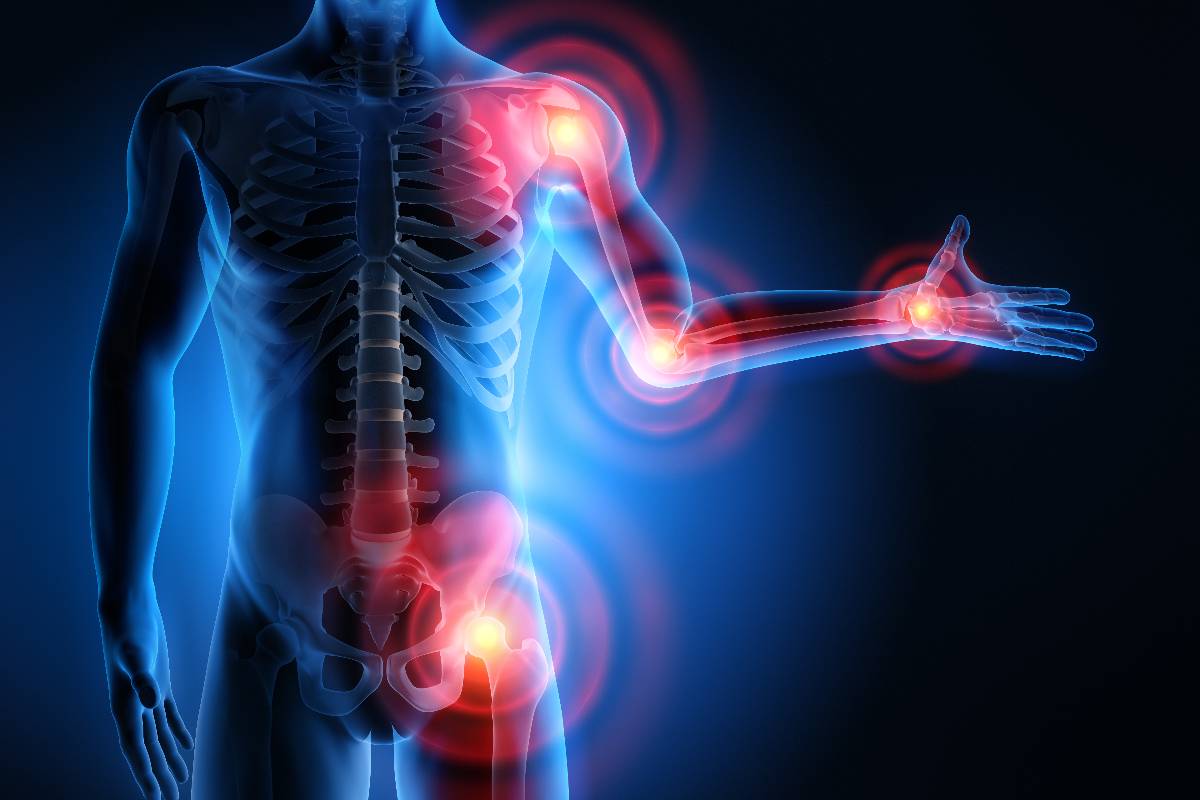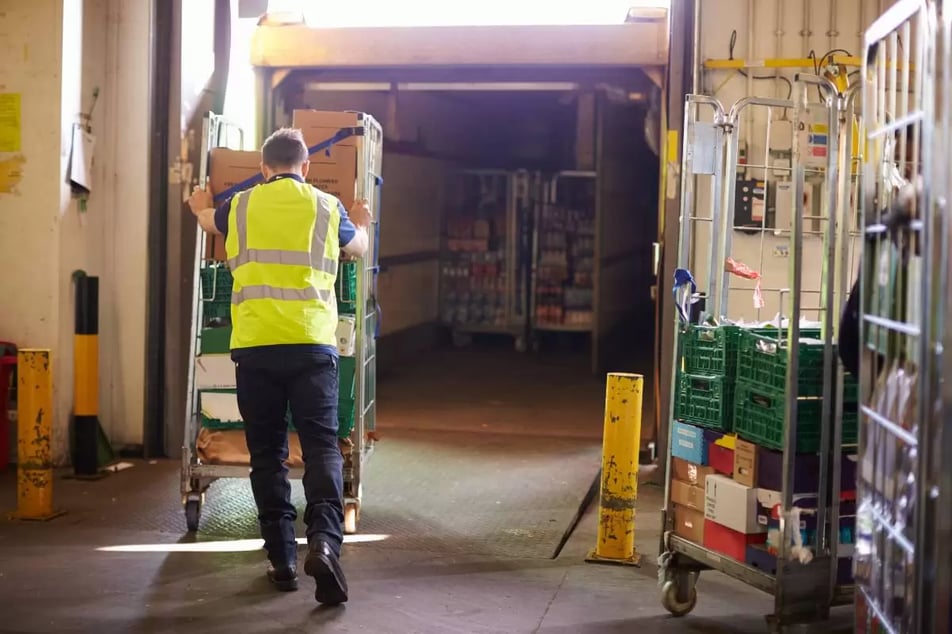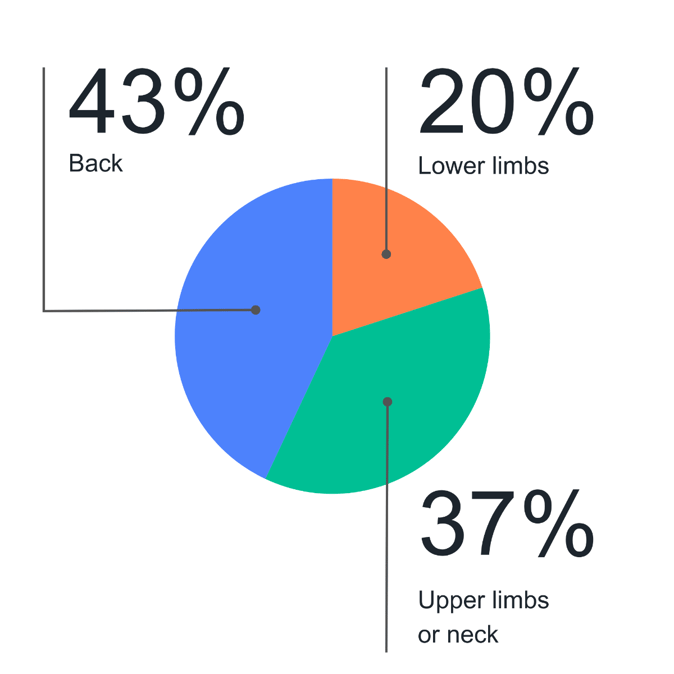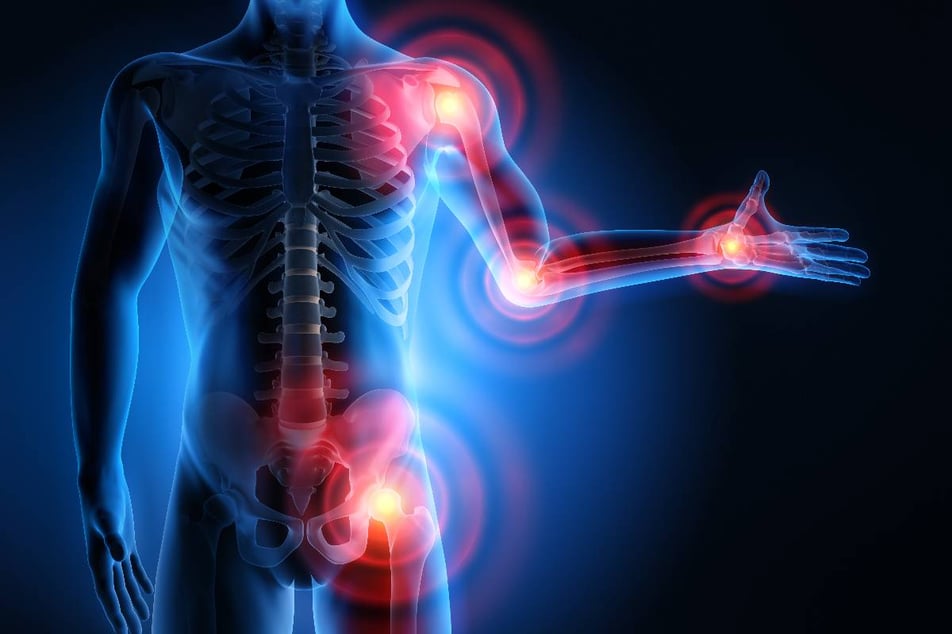7 Manual Handling Statistics You Should Know
Manual Handling
Manual handling processes are used in most industries, from manufacturing to retail. The movement of heavy loads, whether that’s lifting, positioning, or pushing/pulling loads, can all contribute to injuries, especially when done incorrectly or where the right equipment is not used.
Thank you for your request to download the MasterMover 'Manual Handling Checklist'.
We'll also send you an email shortly with your download link included for safe keeping.
If you do not receive the email, please let us know at salesteamuk@mastermover.com.
Thank you for submitting your consultation request.
A member of the team will be in touch shortly.

To help paint a clearer picture of the current landscape and prevalence of manual handling injuries, we’ve collected 7 key statistics every Health and Safety Manager needs to see.
Here are 7 manual handling statistics you should know…

1) 543,000 workers suffering from work-related musculoskeletal disorder (new or long-standing)
Musculoskeletal disorders (MSDs) typically impact the back, shoulders, upper limbs and neck. Injuries can be caused by a range of activities, from lifting to manually manipulating heavy-wheeled loads. MSDs are often caused by repetitive tasks or processes which result in overexertion and fatigue.
HSE, 2024.
2) 7.8 million working days are lost due to work-related musculoskeletal disorders
It’s no surprise that musculoskeletal disorders from manual handling or exerting tasks result in high staff absence and, in turn, lost working days.
The Health and Safety Executive report that MSDs account for 24% of all days lost due to work-related ill health and work-related illness.
Lost working days have obvious impacts on efficiency and output for businesses and so reducing the risk of MSDs and manual handling operations within the workplace should be a priority.
HSE, 2024.
3) Manual handling accounts for 17% of all workplace injuries
A lot of organisations don’t recognise issues with manual handling processes or tasks until there is an incident or injury.
With the Health and Safety Executive reporting that 17% of all workplace injuries are caused by manual handling tasks, the case for assessing and reducing the risk is clear.
Organisations must prioritise assessing their manual handling processes to understand what tasks present a high risk of manual handling accidents or injuries.
HSE, 2024.

4) Almost half of MSD conditions affect employees’ backs
Back injuries are often caused by working in awkward positions, repetitive movements or straining and carrying heavy loads.
Likewise, injuries affecting the upper limbs or neck are often a result of lifting, pushing or pulling heavy loads.
HSE, 2024.
5) Work-related ill health and non-fatal injuries are on the rise
Prior to the coronavirus pandemic, work-related injuries were following a generally flat trend.
However, the current rate of work-related ill health and non-fatal injuries show this is now increasing – surpassing pre-pandemic levels.
HSE, 2024..
6) Compensation claims for severe workplace back injuries can be as much as £196k
As we’ve seen from the statistics above, injuries to the back account for 42% of workplace MSDs.
Severe back injuries can be life changing and musculoskeletal disorders affecting the back are often recurring conditions which can significantly impact quality of life.
With this considered, it’s no surprise that severe back injuries can come with heavy compensation pay-outs, as much as £196,450.
UK Law, 2024.

7) Cost to Britain for workplace injury is around £7.1 billion
HSE reports that workplace injuries cost Britain around £7.1 billion.
The figure includes financial costs covering loss of output, healthcare, and other required payments. It also includes human costs, which are assigned a monetary valuation given to pain/suffering.
HSE, 2024.
Your Guide to Tackling Manual Handling
Manual Handling
Explore our comprehensive manual handling resource hub—expertly curated materials designed to enhance workplace safety. Elevate your knowledge and empower your team to prevent injuries, making your workplace safer and more efficient.
How many injuries happen at work by poor lifting and moving?
Approximately 21% of workplace injuries can be directly attributed to manual handling activities such as lifting, carrying, or moving objects. These injuries occur when employees are not properly trained or equipped to handle heavy loads, resulting in strains, sprains, or other musculoskeletal issues. Poor lifting techniques and inadequate ergonomic practices often contribute to these incidents. It is crucial for employers to prioritise safe manual handling practices and provide thorough training to prevent manual handling injuries and promote a healthy work environment.
Reduce the risk of manual handling injuries
While manual handling incidents are common, the majority of injuries are preventable. Businesses must prioritise health and safety risk assessments and implement manual handling training to ensure workers use safe manual handling techniques.
Appropriate tools and equipment should be used to reduce the risk of injury in manual handling operations where tasks exceed individual capability or are repetitive.
Download your manual handling injury checklist
Quickly assess high risk tasks and identify next steps in reducing the risk of manual handling injuries with our manual handling checklist.